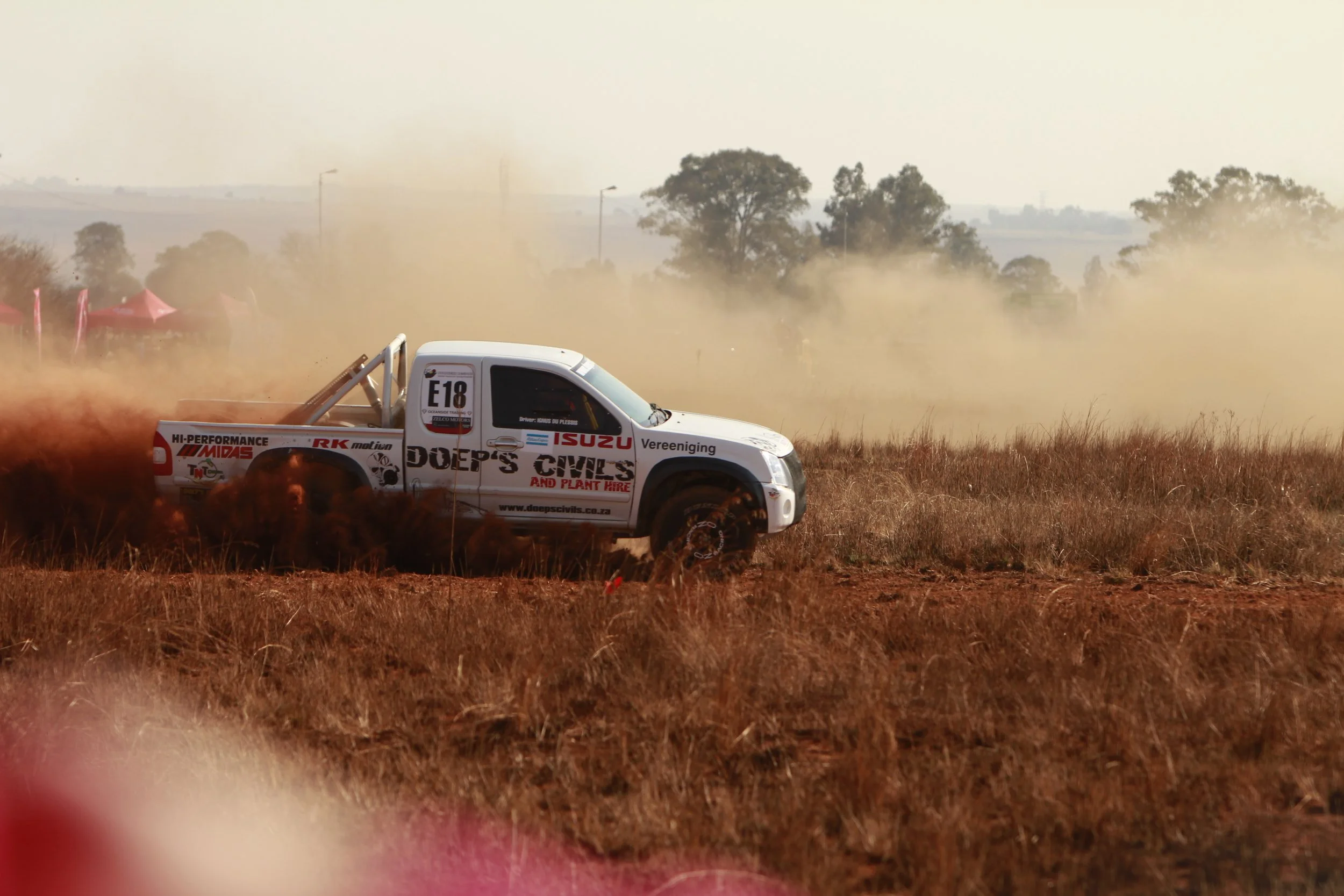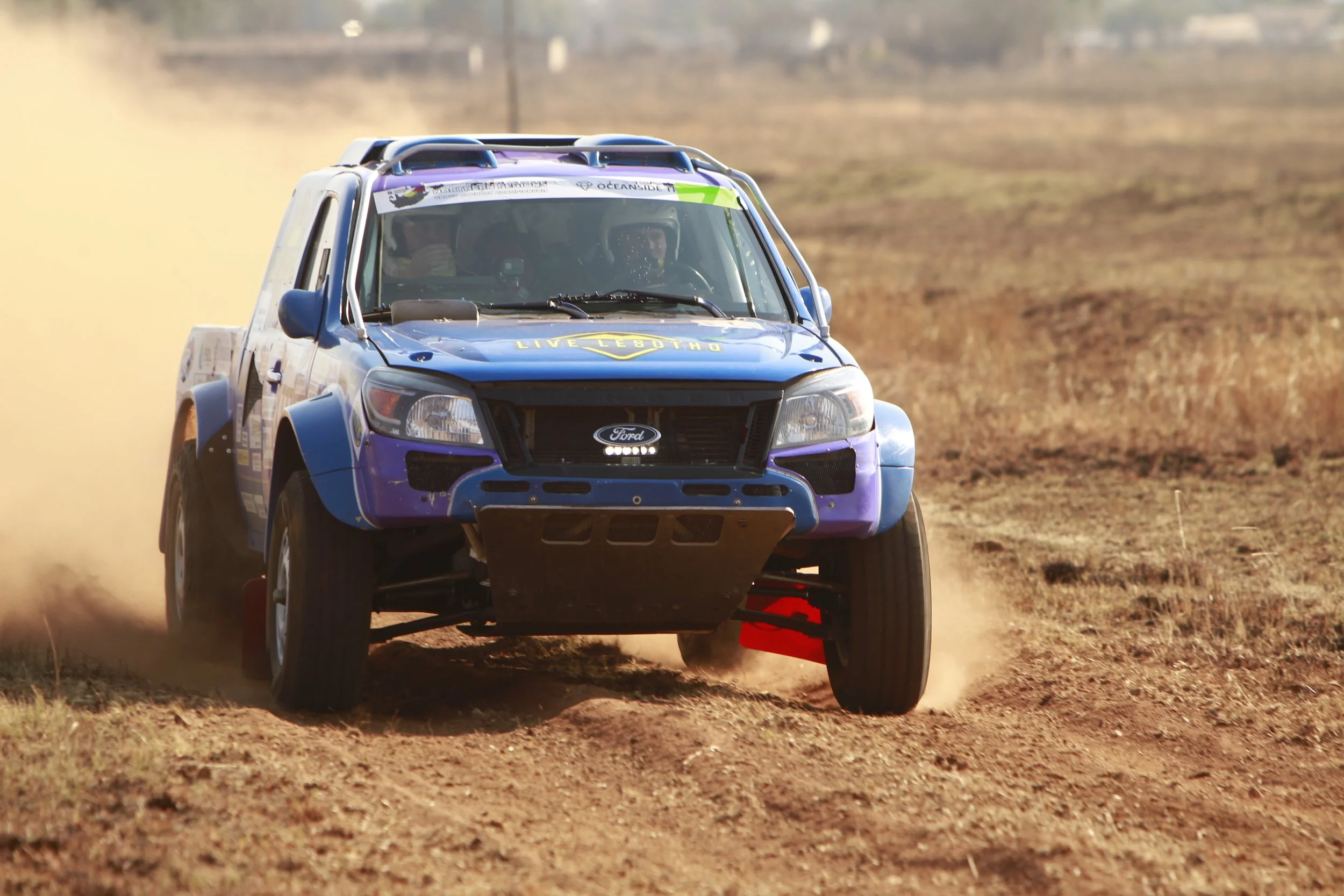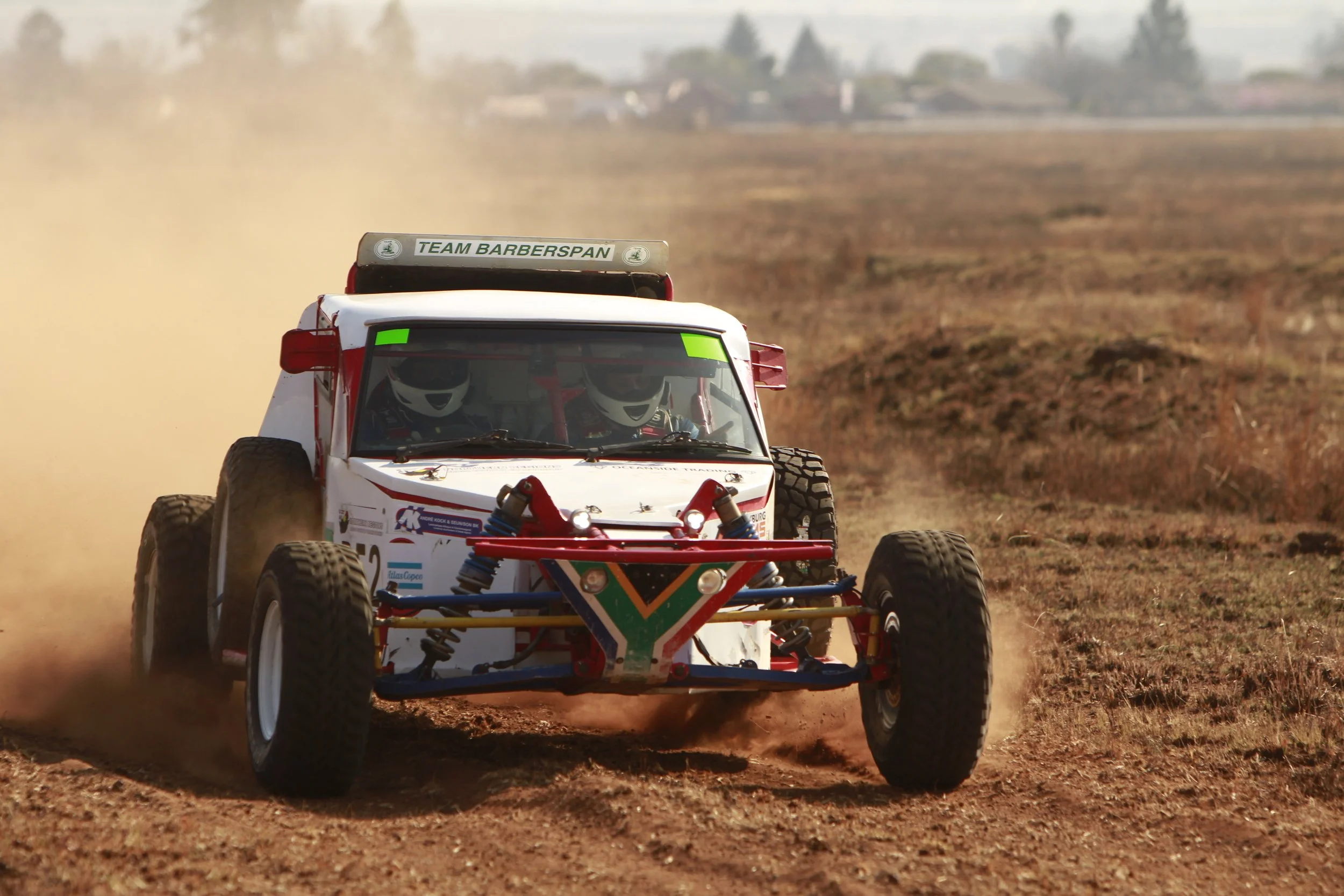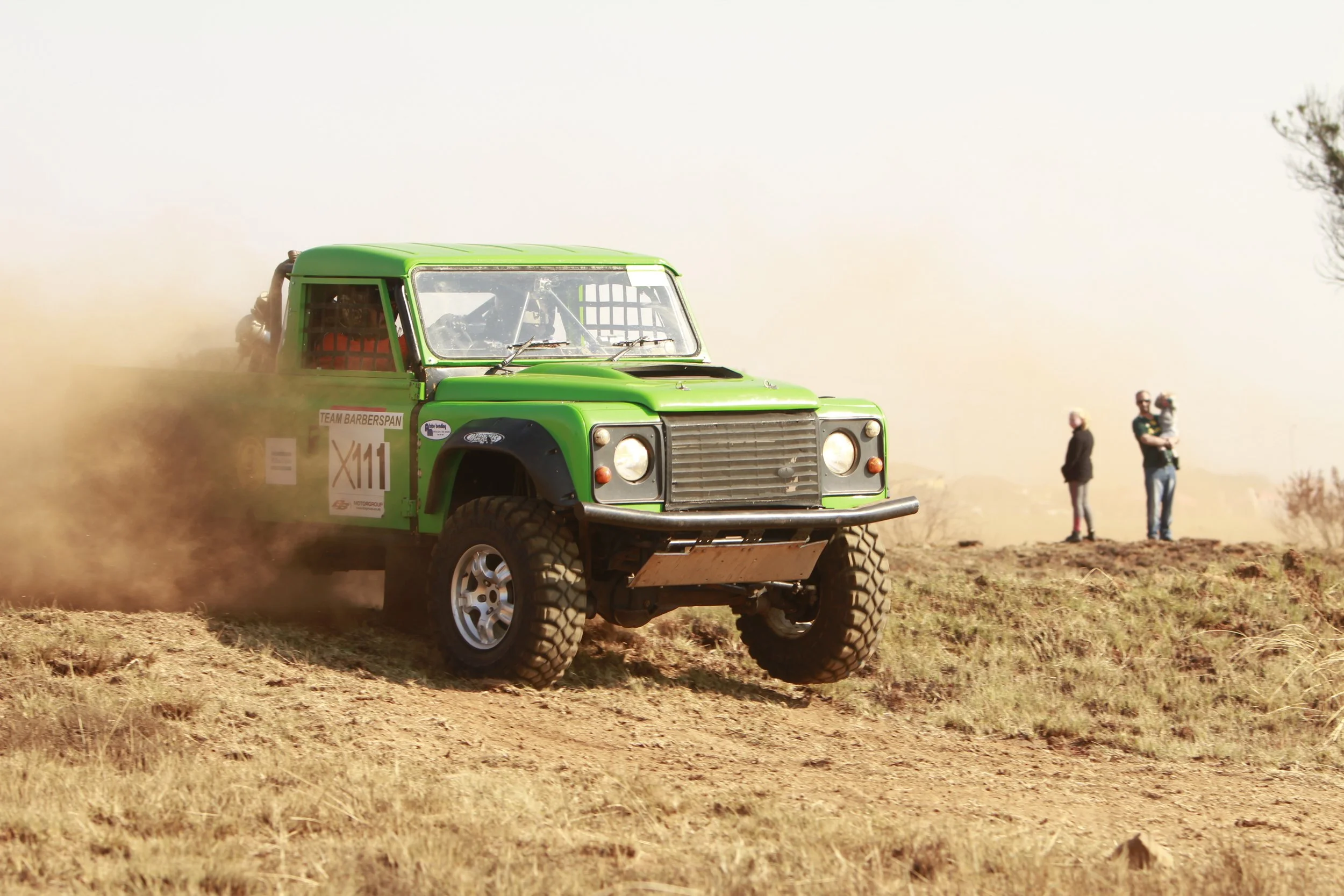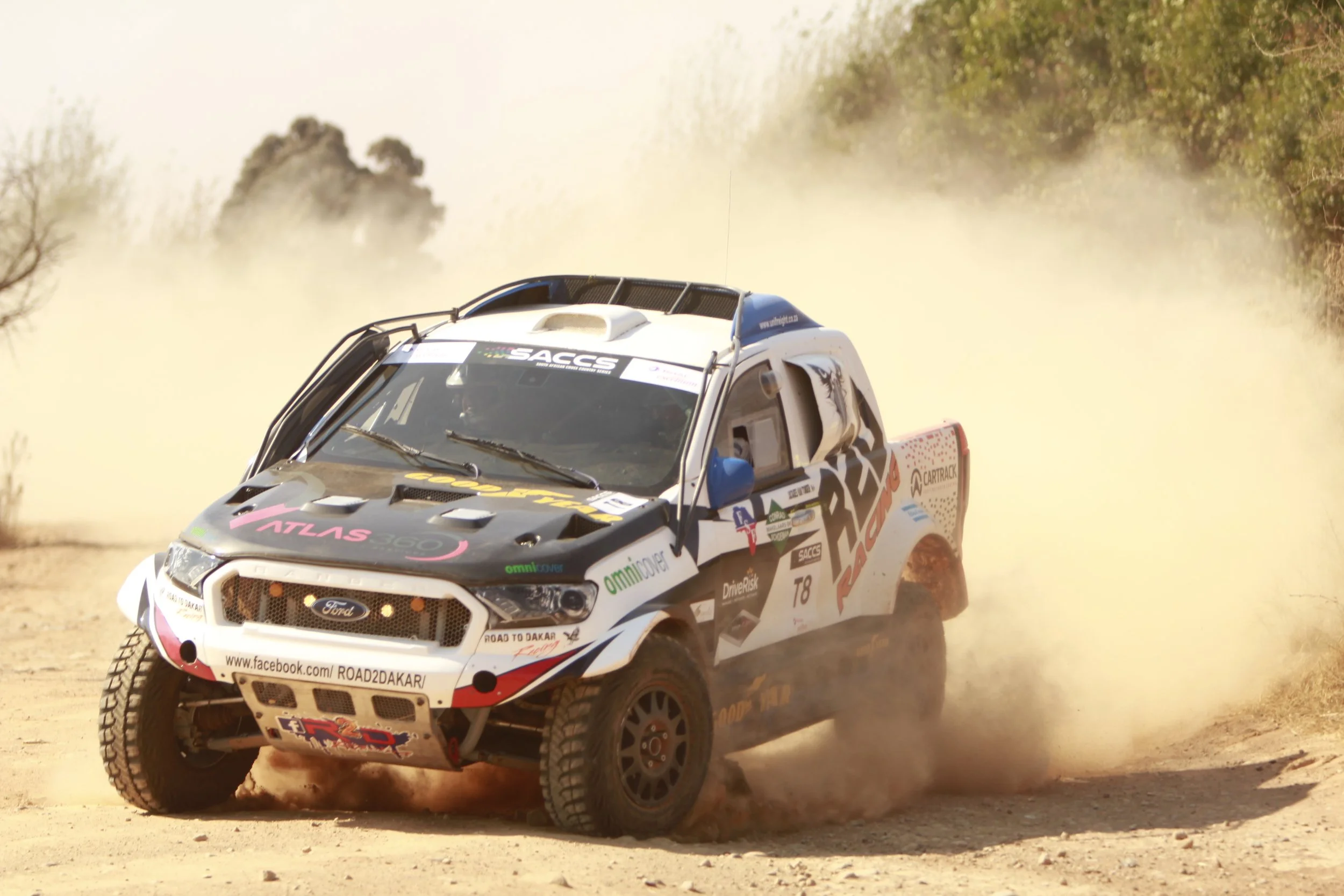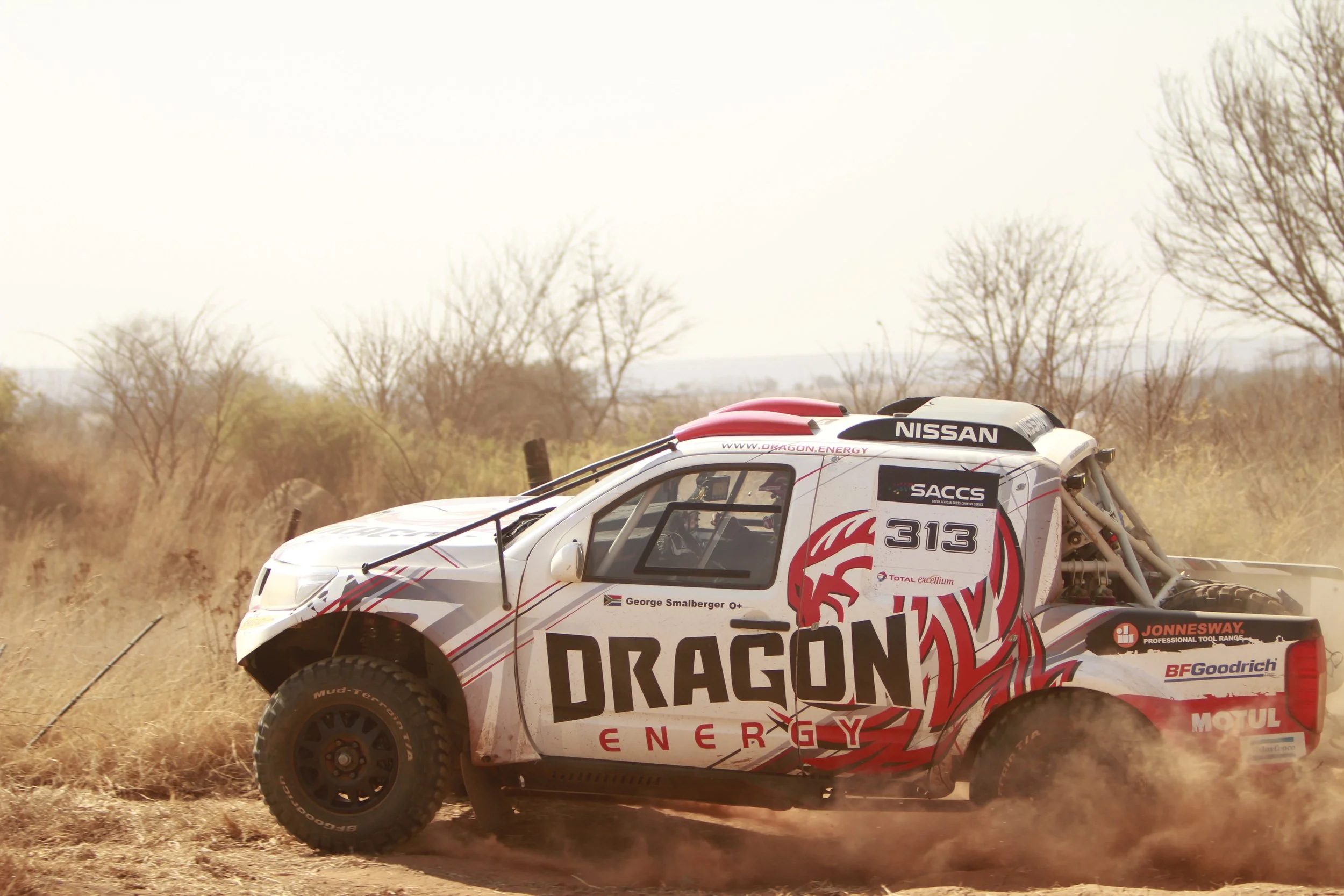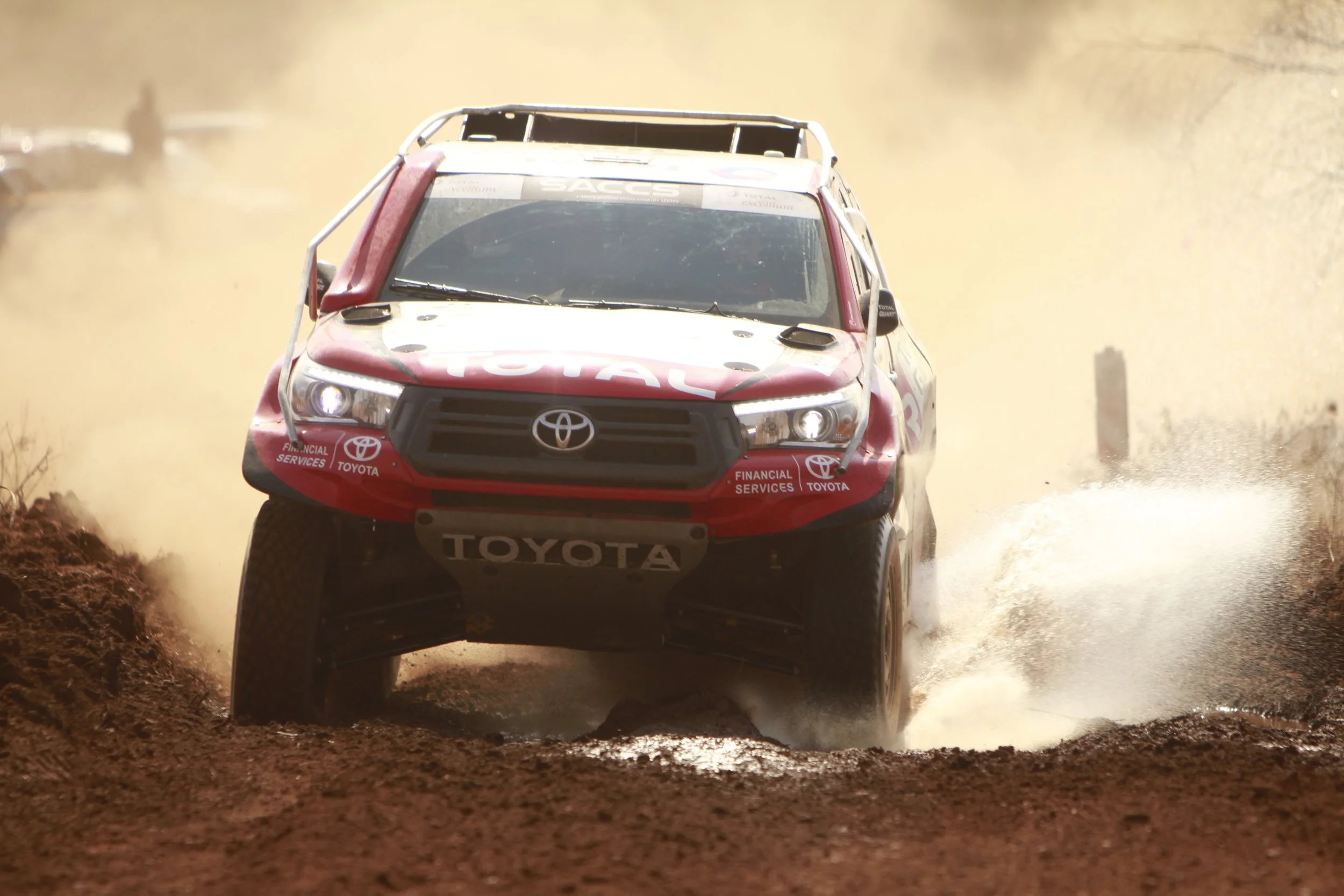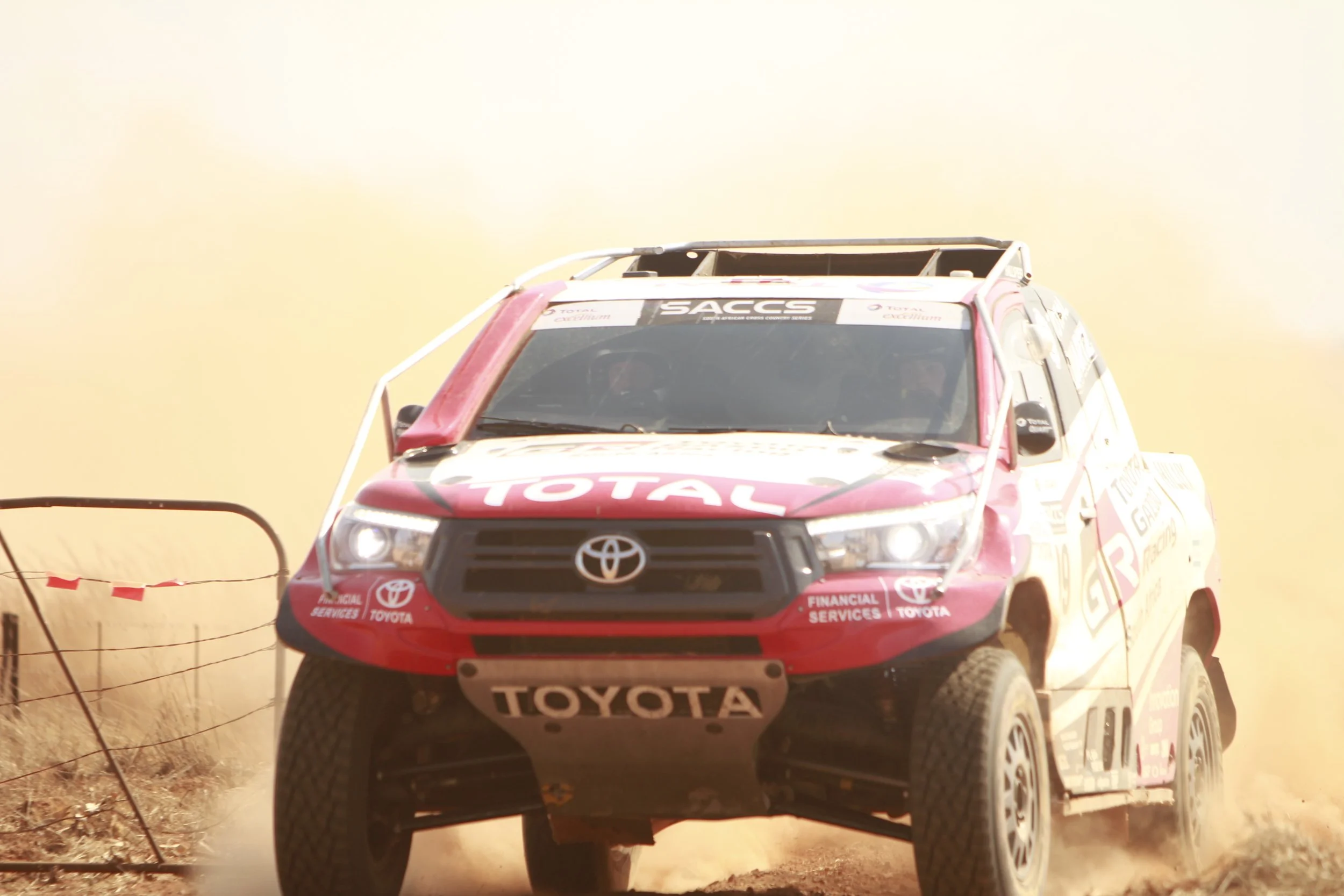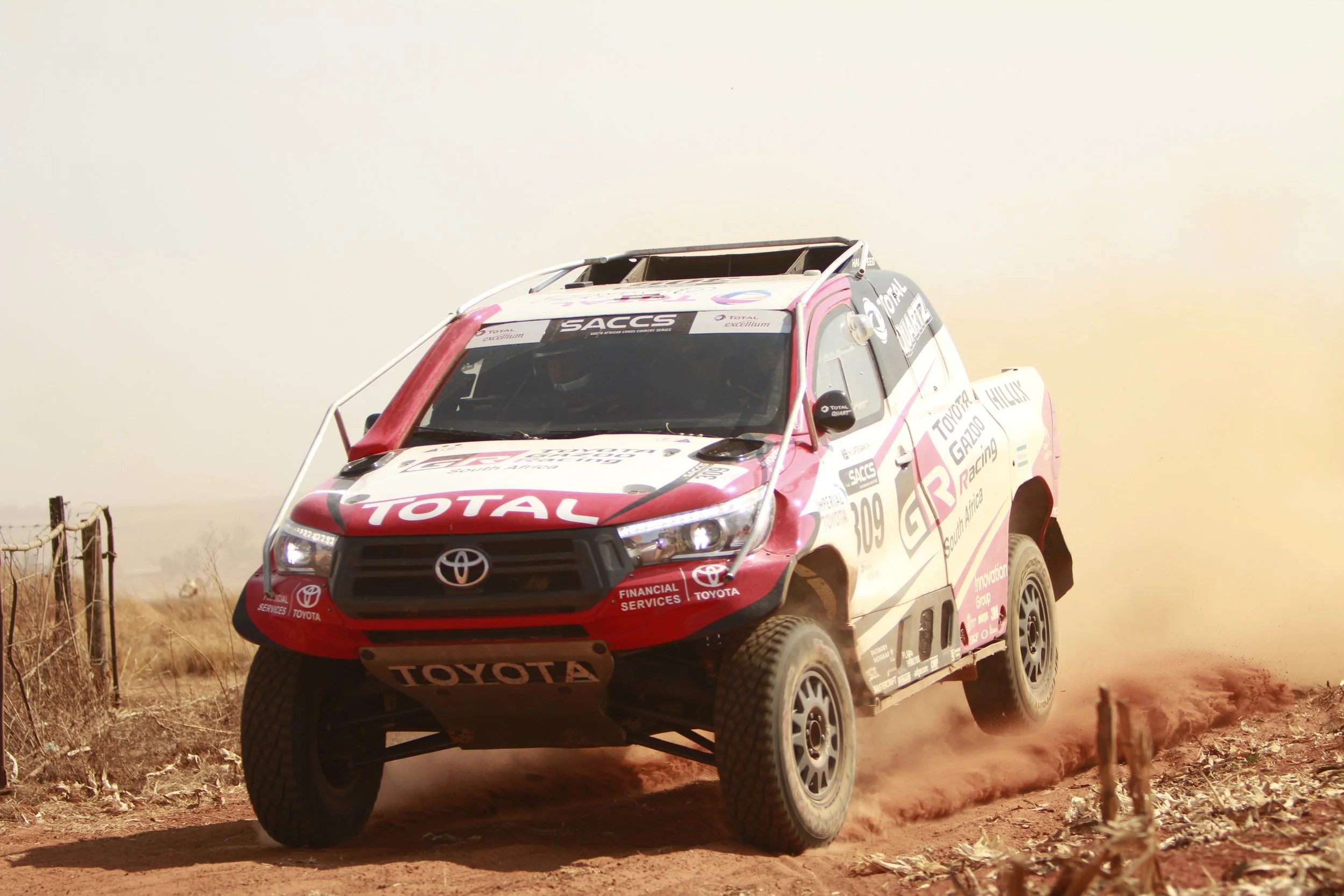Rally Photography Through a Portrait Photographer’s Lens: Bringing Studio Lighting Skills to the Track
When most people think of rally photography, they imagine fast-moving cars, dust clouds, and wide-angle action shots. But what if the skills of a portrait photographer could transform your rally photos? Surprisingly, many techniques honed in the studio—especially lighting, composition, and attention to detail—can be applied to capturing high-octane motorsport moments.
Why Portrait Skills Matter on the Track
Portrait photography teaches you to observe, anticipate, and control light. In the studio, every shadow, highlight, and angle is carefully crafted to bring out the subject’s best features. On a rally track, the same principles apply—but instead of a static subject, your “model” is a moving car. Understanding how light shapes your subject allows you to create dynamic, impactful images even in unpredictable conditions.
Applying Lighting Expertise
Golden Hour Mastery: Portrait photographers know that early morning and late afternoon light is magical. At rally events, this soft, angled light can add drama and depth to a speeding car, emphasizing curves, textures, and motion.
Controlling Shadows: Just as you sculpt a model’s face with light, you can use natural or artificial light to highlight details on a car—like tire tread, dust trails, or driver expressions through the windshield.
Flash and Fill Techniques: Off-camera flashes or reflectors, staples in portraiture, can freeze motion and add punch to rally shots, especially in low-light stages or shadowy forest tracks.
Composition and Timing
Portrait photographers are trained to anticipate expressions, gestures, and moments that tell a story. On the rally track, this translates to:
Predicting Action: Understanding how a car approaches a corner or crest allows you to position yourself for the perfect angle.
Framing for Drama: Like a close-up portrait, tight framing of a car with background elements—dust, spectators, or landscape—creates a sense of speed and intensity.
Capturing Personality: Every rally car has its character. Your experience observing subtle human expressions helps you notice small details: a wheel lift, a driver’s focused glance, or flying gravel that adds drama to the shot.
Patience and Observation
Rally photography, like portraiture, requires patience. You might spend hours waiting for the perfect light or the ideal car positioning. Being attuned to subtle changes in environment and subject behavior ensures that when the decisive moment comes, you’re ready.
Tips for Portrait Photographers Shooting Rally
Know Your Settings: Fast shutter speeds freeze action, while slower speeds can add motion blur for drama—similar to controlling depth-of-field in portraits.
Scout Locations: Just as you choose the perfect backdrop for a portrait, find rally spots with natural frames, light, and context.
Leverage Your Light Knowledge: Use shadows and highlights to sculpt the car, emphasizing form and texture.
Safety First: Never compromise your safety for a shot; good angles can often be achieved from safe distances.
Experiment with Angles: Portrait photography teaches you to move around your subject—apply the same flexibility to dynamic car shots.
Conclusion
Rally photography may seem worlds apart from studio portraits, but the skills overlap more than you’d expect. Lighting, composition, timing, and patience—all core to portraiture—can elevate your motorsport shots from ordinary to extraordinary. By treating every car as a “portrait subject,” you capture not just speed and action, but personality, drama, and emotion in every frame.
If you want, I can also write a punchy SEO title and meta description for this blog so it’s ready to post on your website. Do you want me to do tha
